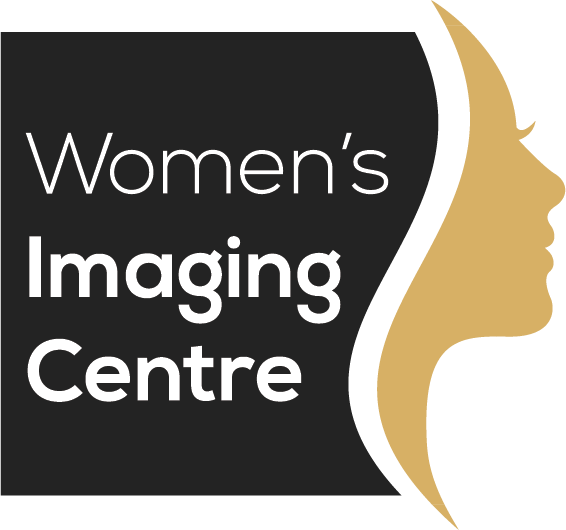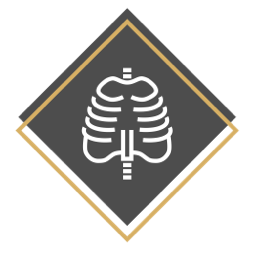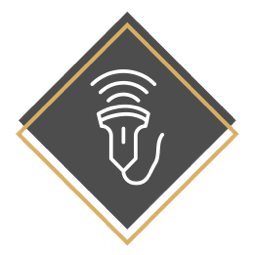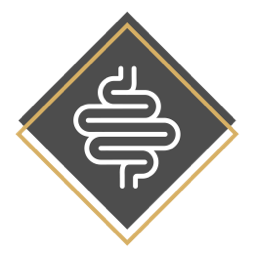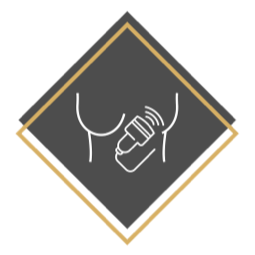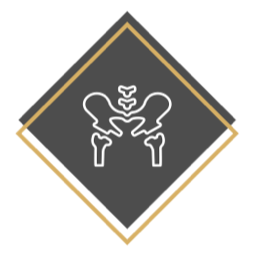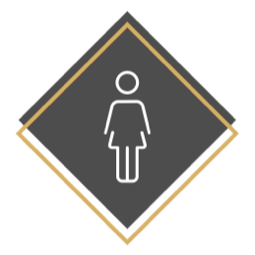
Bone Mineral Density in Grande Prairie
Book Now
Good Bone Health Is Essential for an Active Life!
As we grow older, the risk of developing osteoporosis increases. But with the help of bone mineral density testing, we can help detect osteoporosis before you develop symptoms. With this information, you and your doctor can develop a plan to minimize further bone loss and even increase your bone health.
If you run the risk of developing osteoporosis or any other condition that could affect your bone mineral density, please speak to your doctor and book an appointment with us today.
What is a Bone Mineral Density Test?
A Bone Mineral Density test is a low dose x-ray scan used to measure bone density. It emits much less radiation than a chest x-ray and can help determine if you are at risk for a fracture or have osteoporosis.
It is a quick painless and noninvasive exam. A Bone Density scan usually takes about 15 minutes.
A Bone Density is not usually requested until age 50 unless you fall into a high risk category.
In Alberta, Bone Density is a physician ordered exam and is covered by Alberta Health Care once every 2 years after age 50. Your first BD scan is your baseline and if any follow-ups are needed that will be determined after your baseline scan. Follow up scans are dependent on your results and your personal medical history (your health issues/ your medication use/your fracture history/ your life style). Your doctor can help you determine if BMD is appropriate for you.
Before The Test
- If you have had any previous X-rays or scans where you were given oral contrast, barium or injected with an isotope 10 days previously, please book your Bone Density scan for after that 10 day period
- Do not take any Calcium supplements for at least 24 hours before your Bone Density scan (that includes any medications you may be taking for osteoporosis)
- Try to wear plain loose clothing with no belts, buttons, zippers, grommets, or such items. This includes bras with underwire and clips, and no belly rings. (This will minimize the chances that you will need to change for the scan)
During The Test
- Your height and weight will be taken before the exam.
- You will be asked a series of questions relevant to your bone health and history.
- You will be asked to lay on a padded table where the scanner will move over your body from knee to armpit.
- Your body will be positioned and supported into positions needed to scan your lower back, your hip area and if necessary, your forearm.
- Because the scan is slow moving you will need to hold still, but not hold your breath.
- Our Radiologist will interpret the computer-processed information from your scan and your results will be forward to your doctor.
What Is Osteoporosis?
Osteoporosis is a disease characterized by low bone mass and deterioration of bone tissue. The inside of your bones has a honeycomb appearance and osteoporosis over time will cause these little holes to grow larger, thinning out the connecting, stabilizing bone structure. This can lead to an increased risk of fracture.
Known as the “silent thief”, bone deterioration can occur over a number of years without presenting any symptoms. Unfortunately, if detected at the time of a break, the disease is already fairly advanced. The most common fractures associated with osteoporosis are in the hip, spine, wrist, and shoulder.
Osteoporosis Canada is an excellent resource on Osteoporosis. Informative, up-to-date, and filled with excellent ideas on diet, exercise, and events for the osteoporotic person.
Osteoporosis Associations
No single cause for osteoporosis has been identified. But a personal history of the following conditions can be indicators for osteoporosis:
- Fracture after a minor fall or bump
- Prolonged steroid use (oral or puffers)
- Health conditions (Rheumatoid Arthritis, Crohns or Celiac Disease, Hyperparathryrodism, overactive thyroid, Diabetes, Liver or Kidney Disease, Organ Transplant)
- Dietary (Anorexia, Bulimia, Lactose Intolerance, food allergies)
- Low body weight
- Early Menopause (natural, surgical, or medically induced)
- Low hormone levels (naturally occurring or during cancer treatments)
- Loss of height greater than 1.5 inches/ 3.8 cm
- Lifestyle (smoking/caffeine and alcohol intake/sedentary)
Potential Risk Factors
Women have a higher risk of developing osteoporosis. Potential risk factors include:
- Low calcium
- Rheumatoid arthritis
- Lupus
- Certain medications
- Smoking
- Kidney or liver disease
- Alcohol consumption
- Sedentary lifestyles
Our Locations

Grande Prairie
All Services
Contact Us
- 780.532.5648
- 780.513.2074
- [email protected]
Our Address
9815 97 Street #108Grande Prairie, AB T8V 8B9
Hours of Operation
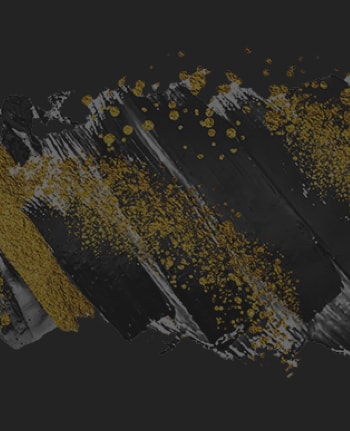
La Crete
Ultrasound Only
Contact Us
- 780.928.2060
- 780.928.2285
- [email protected]
Our Address
Unit 1A 10402 – 100 stLa Crete, AB T0H 2H0
Hours of Operation
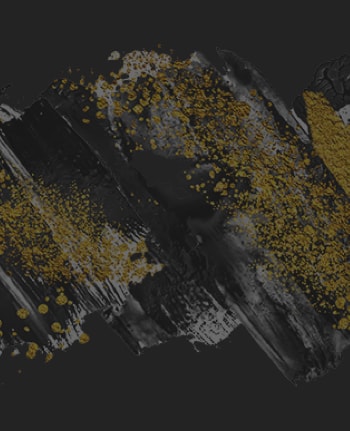
Peace River
Ultrasound Only
Contact Us
- 780.624.0073
- 780.624.0718
- [email protected]
Our Address
Sunrise Medical Centre 6789 103 Ave.Peace River, AB T8S 0B6
Hours of Operation

High Prairie
Ultrasound Only
Contact Us
- 780.523.2740
- 780.523.3861
- [email protected]
Our Address
5101 38 streetHigh Prairie, AB T0G 1E0
Hours of Operation

Fairview
Ultrasound Only
Contact Us
- 844.835.0192
- 587.404.0507
- [email protected]
Our Address
10208 110th StreetFairview, AB T0H1L0
Hours of Operation
All Services
Contact Us
- 780.532.5648
- 780.513.2074
- [email protected]
Our Address
9815 97 Street #108Grande Prairie, AB T8V 8B9
Hours of Operation
Ultrasound Only
Contact Us
- 780.928.2060
- 780.928.2285
- [email protected]
Our Address
Unit 1A 10402 – 100 stLa Crete, AB T0H 2H0
Hours of Operation
Ultrasound Only
Contact Us
- 780.624.0073
- 780.624.0718
- [email protected]
Our Address
Sunrise Medical Centre 6789 103 Ave.Peace River, AB T8S 0B6
Hours of Operation
Ultrasound Only
Contact Us
- 780.523.2740
- 780.523.3861
- [email protected]
Our Address
5101 38 streetHigh Prairie, AB T0G 1E0
Hours of Operation
Ultrasound Only
Contact Us
- 844.835.0192
- 587.404.0507
- [email protected]
Our Address
10208 110th StreetFairview, AB T0H1L0
